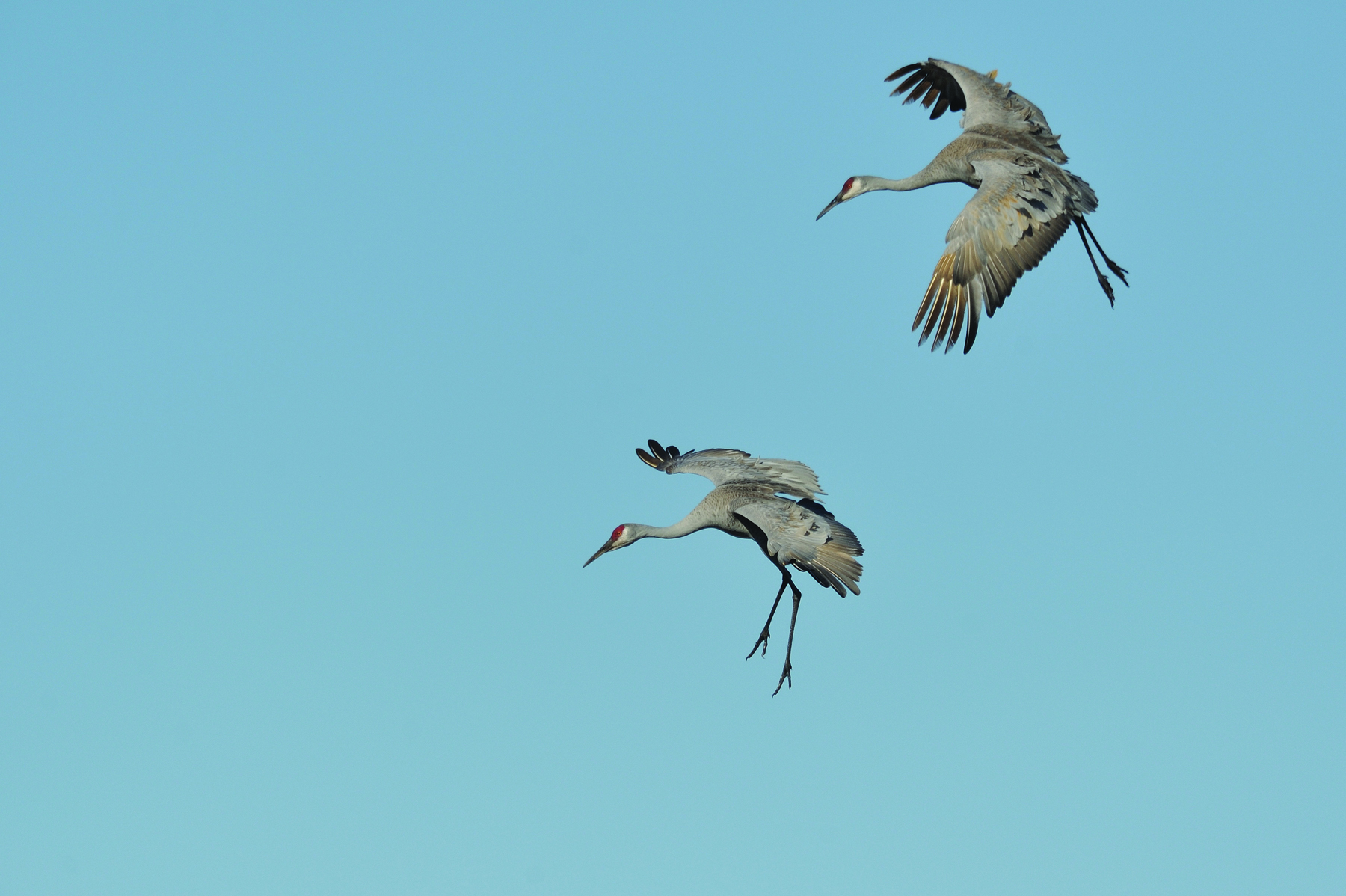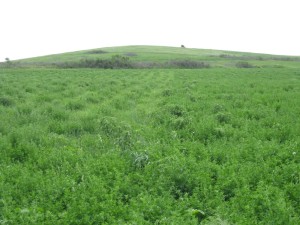 Farmers and landowners generally focus on crop production, and land management often falls to finding ways to improve the land in order to increase yields and profit margins. Fortunately, many land improvements that build up natural wildlife habitats are also found to be beneficial for improved crop production as well.
Farmers and landowners generally focus on crop production, and land management often falls to finding ways to improve the land in order to increase yields and profit margins. Fortunately, many land improvements that build up natural wildlife habitats are also found to be beneficial for improved crop production as well.
Creating places for native wildlife to live and thrive offers many benefits to farmers and landowners. Abundant wildlife populations provide excellent hunting and fishing opportunities. Management practices that improve wildlife habitats can also help improve soil moisture, improve water quality, and prevent soil erosion, all which benefit crop production. Improvements such as windbreaks can reduce home energy costs, as well as fuel and cattle feed costs. Some landowners are able to receive extra income by establishing public or private wildlife preserves on their land as well.
There are simple steps you can take if you’re looking to manage your land for wildlife. The first is to determine your basic objectives. Do you wish to generate income with your improvements? Or provide more hunting ground? Whether you’re looking to achieve major changes, such as re-creating wetlands, or more minor changes, such as field-corner food plots, it’s necessary to have your end-goal clearly delineated so that you can know the best way to move forward.
Secondly, take a close look at your land inventory. What do you have to work with already? Determining the areas that you already have, and where they’re located, is important. For instance, do you have existing wetlands, or lots of edges? Wooded areas or streams? Knowing what you have to work with will help you further create prime natural habitats for wildlife on your land.
Finally, make the production decisions that fit well with your goals, what you have already, and your personal qualities. If necessary, see if there are opportunities for financial assistance and seek out technical assistance for advice.
The following are just a few examples of actions that can be taken to improve wildlife habitats on your land:
- Conservation tillage- Provides food for wildlife, improves soil moisture and reduces tillage costs.
- Grassed waterways- Provide food and cover for wildlife, as well as reduce erosion.
- Wetland enhancement and restoration- Provides food and nesting areas for waterfowl and other wildlife, maintains quality groundwater, and reduces flooding by slow absorption and slow release of spring runoff.
- Field borders- Provide food and cover for wildlife, and prevent snow drifting and soil erosion.
- Food plots- Food plots such as grains, legumes, and grass provide over-winter feeding areas for wildlife and act as snow fences.
- Windbreaks, shelterbelts, and living snow fences- Reduces cattle feed costs, soil erosion, and heating expenses, as well as conserve soil moisture.
Whether you’re looking to improve your soil quality, expand your hunting acres, or derive extra income, taking these steps to manage your land for increased wildlife is a great way to carry out your vision.
Feel free to contact a UFARM representative with your questions about wildlife management on your land. UFARM offers a full range of Nebraska land management services, including real estate sales, rural property appraisals, consultations and crop insurance. UFARM has operated in Nebraska since the early 1930’s. Contact us today!
Sources consulted: “Managing Your Land for Wildlife.” University of Minnesota Extension. Web. 19 Jan. 2015.

 When it comes to deriving an income from their farmland, landowners have a variety of options from which to choose. For many, farming it themselves is suitable. For others, leasing their land to others to farm is a good option. Another alternative for many landowners is to enter some of their land into the Conservation Reserve Program (CRP).
When it comes to deriving an income from their farmland, landowners have a variety of options from which to choose. For many, farming it themselves is suitable. For others, leasing their land to others to farm is a good option. Another alternative for many landowners is to enter some of their land into the Conservation Reserve Program (CRP).